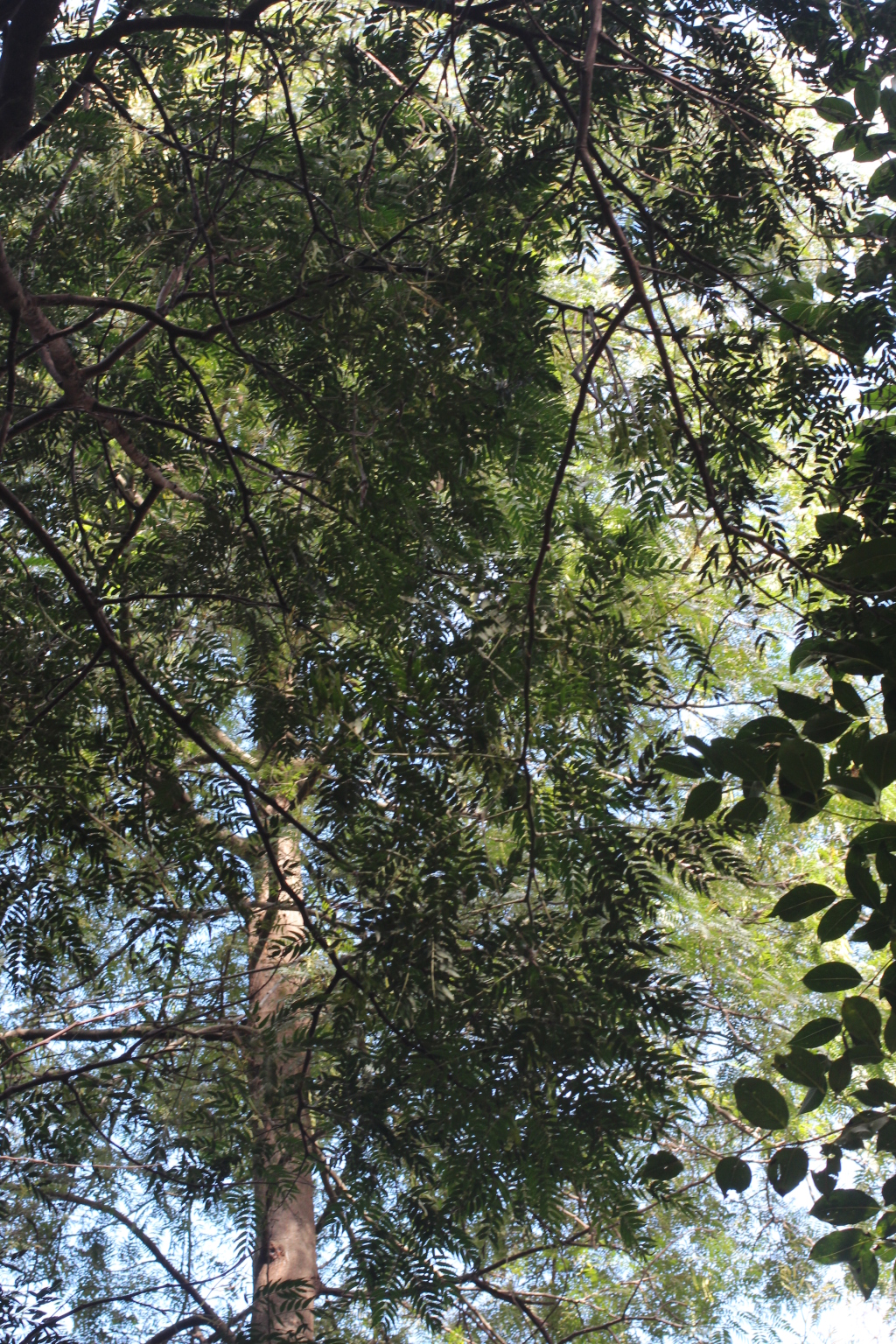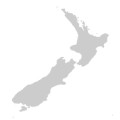Acacia elata
A.Cunn. ex Benth. Cedar WattleTree, 8–15 m tall; branchlets, rachises and pinnae usually covered in very short, appressed hairs; bark deeply fissured, dark brown to black; branchlets more or less terete, or sometimes slightly flattened. Leaves bipinnate, medium green above, paler below; rachis 15–22 cm long, small glands sometimes present at junction of upper pairs of pinnae; pinnae in 3–5 pairs; pinnules in 10–20 pairs, well-separated, lanceolate, mostly 30–60 mm long and 6–12 mm wide, shorter towards ends of pinnae, midrib prominent, apex acute. Inflorescence a raceme or panicle; heads globular, 30–50-flowered, creamy-yellow, peduncles 5–15 mm long. Pod more or less flat, almost straight, 10–15 cm long, 8–14 mm wide, irregularly constricted, dark grey to brownish, margins sometimes thickened. Flowers Dec.–Apr.
VVP, GipP, OtP, CVU, DunT, EGL, HSF, HNF, OtR, Strz, VAlp. Also naturalised Qld; native to NSW. Commonly grown shade tree which has become naturalised in woodlands and moist forests of south-central Victoria.
Unlikely to be confused with any native Acacia species except A. terminalis which is a shrub (rarely a tree) with pinnules to 2 cm long.
Entwisle, T.J.; Maslin, B.R.; Cowan, R.S.; Court, A.B. (1996). Mimosaceae. In: Walsh, N.G.; Entwisle, T.J., Flora of Victoria Vol. 3, Dicotyledons Winteraceae to Myrtaceae, pp. 585–658. Inkata Press, Melbourne.
 Spinning
Spinning




